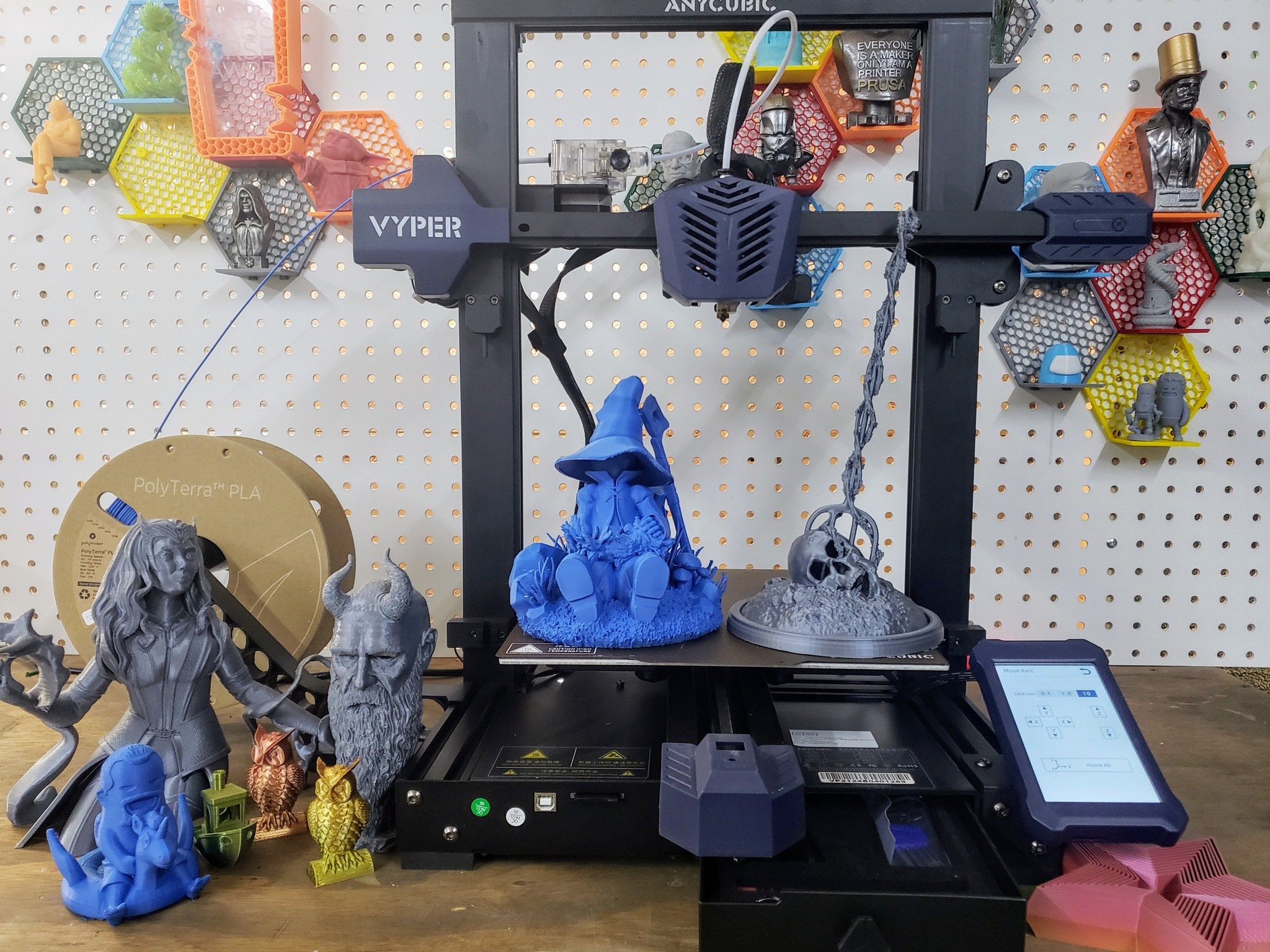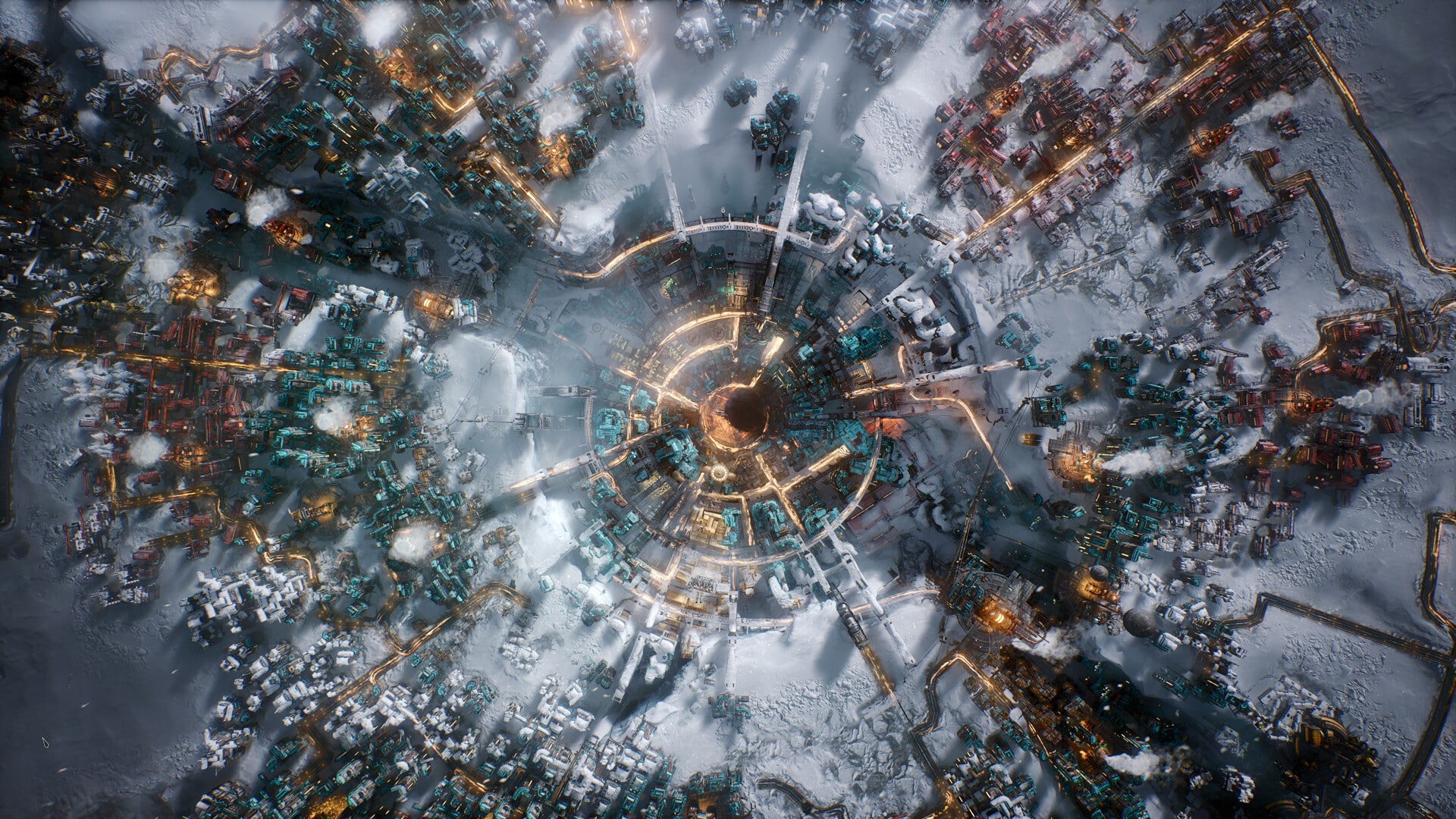Anycubic is a mainstay of the hobbyist 3D printing world and has been making great quality printers for years. Not only does it make excellent resin printers like the Photon Mono X but it also has a line of inexpensive FDM printers.
The Anycubic Vyper is the company's latest foray into FDM printing and has received many upgrades from previous 3D printers. We took it for a spin and found it to be an excellent budget printer with some not-so-budget extras.
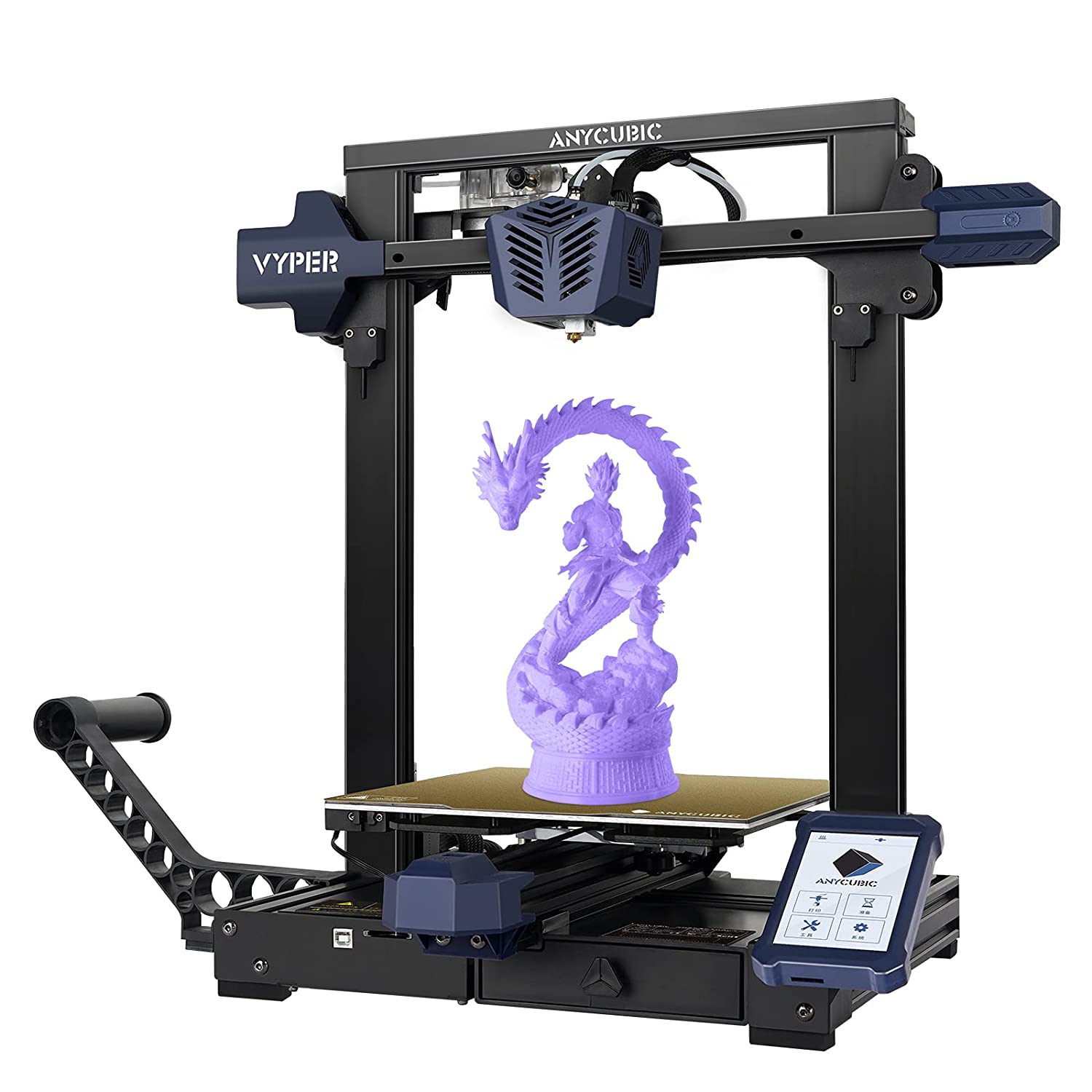
Bottom line: There is a lot to love about the Anycubic Vyper. It's well made, fast, and prints really well. I just wish Anycubic did more to support it on the software side.
For
- Well constructed
- Quality upgrades
- Feels very fast
Against
- Cooling could be better
- No proper slicer profiles
Anycubic Vyper: Price and availability

Because Anycubic has been around a long time, its logistics team is prepared to supply Vypers to its warehouses. Since the 3D printer was released, I haven't seen it leave Amazon, so if you are looking to buy one, you should be able to get it easily.
The Vyper retails at around $430, but I have seen it drop as low as $355 with select coupons. The Vyper is good enough to be added to our best 3D printers on a budget lineup, and the price is about perfect for the features and print quality.
Anycubic Vyper: What's good
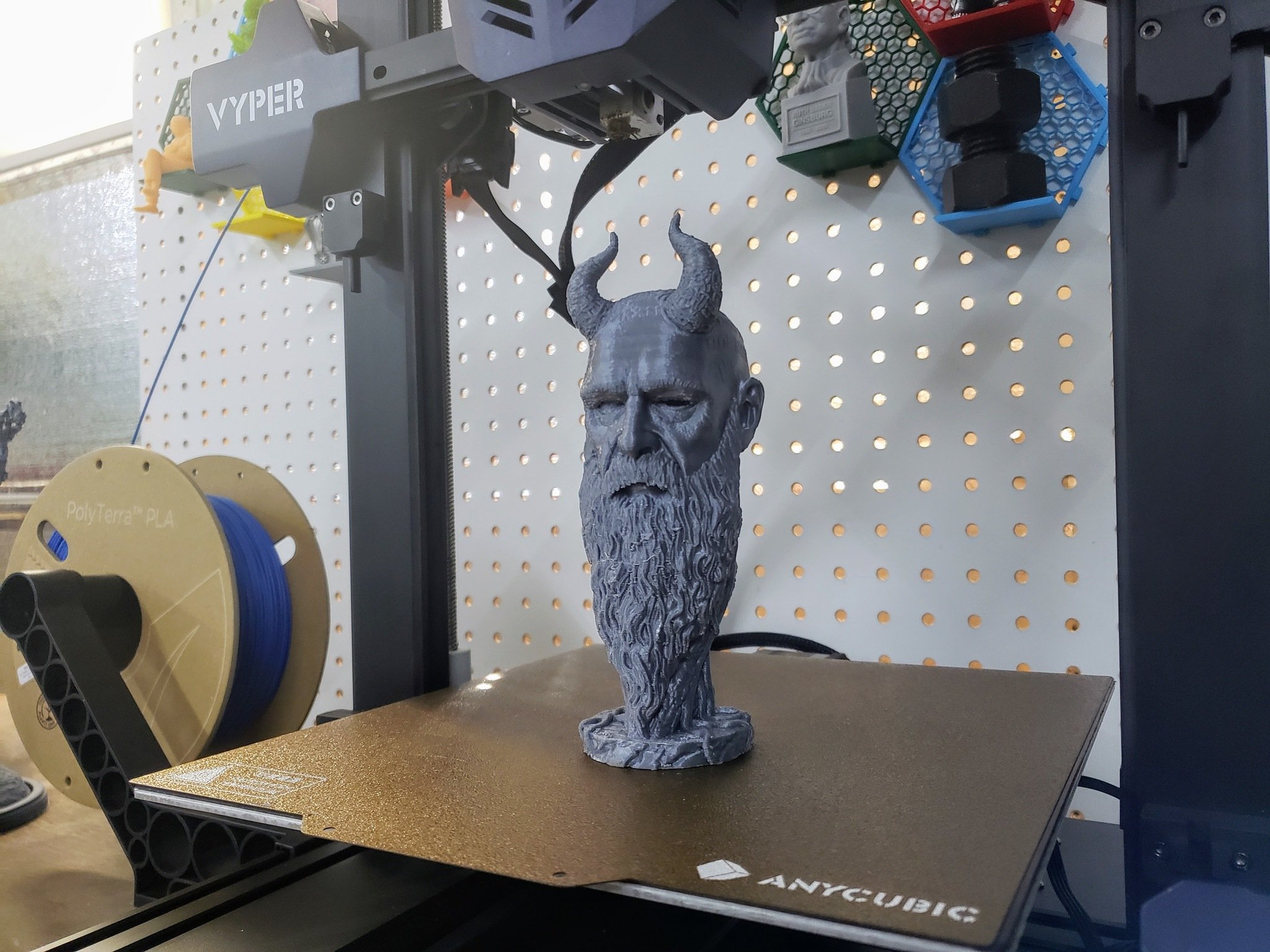
The Anycubic Vyper, like so many others, is a clone of the Ender 3 from Creality. Often, the clones don't really add much value; a few tweaks here and there, maybe a better buildplate, but that's it. The Vyper, though, has taken the original Ender 3 blueprint and upgraded almost every part. It has a new 32-bit mainboard, an all-new double-gear extruder (it makes the filament more secure, less likely to clog, and more accurate as it feeds), and a set of injection-molded finishes that house tuning screws to help with belt tension.
All of these upgrades make the Vyper more than just a clone; they make it excellent in its own right.
And those are just the hardware upgrades. The Vyper also has some new smarts under the hood. Features like filament run-out detection, power interrupt detection, and auto bed leveling are usually reserved for the higher price tag printers, though that trend is changing for the better. The auto bed leveling system on the Vyper is excellent and not something that every company gets right. Bed adhesion is always the first cause of failure on any print, and I have yet to have one on the Anycubic. All of these upgrades make the Vyper more than just a clone — it's excellent in its own right. There is only one more upgrade it needs to make it truly great, though. More on that later.
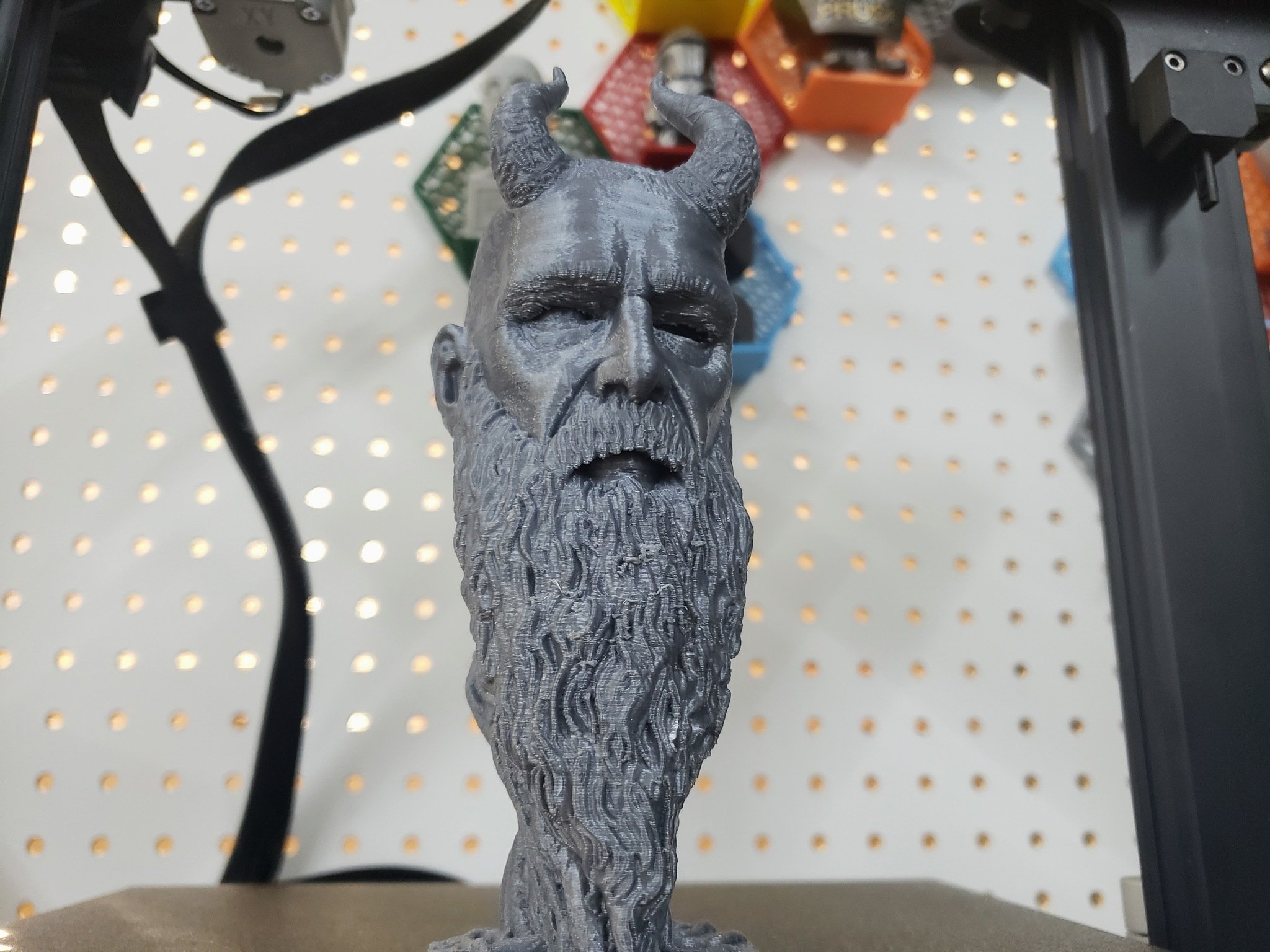
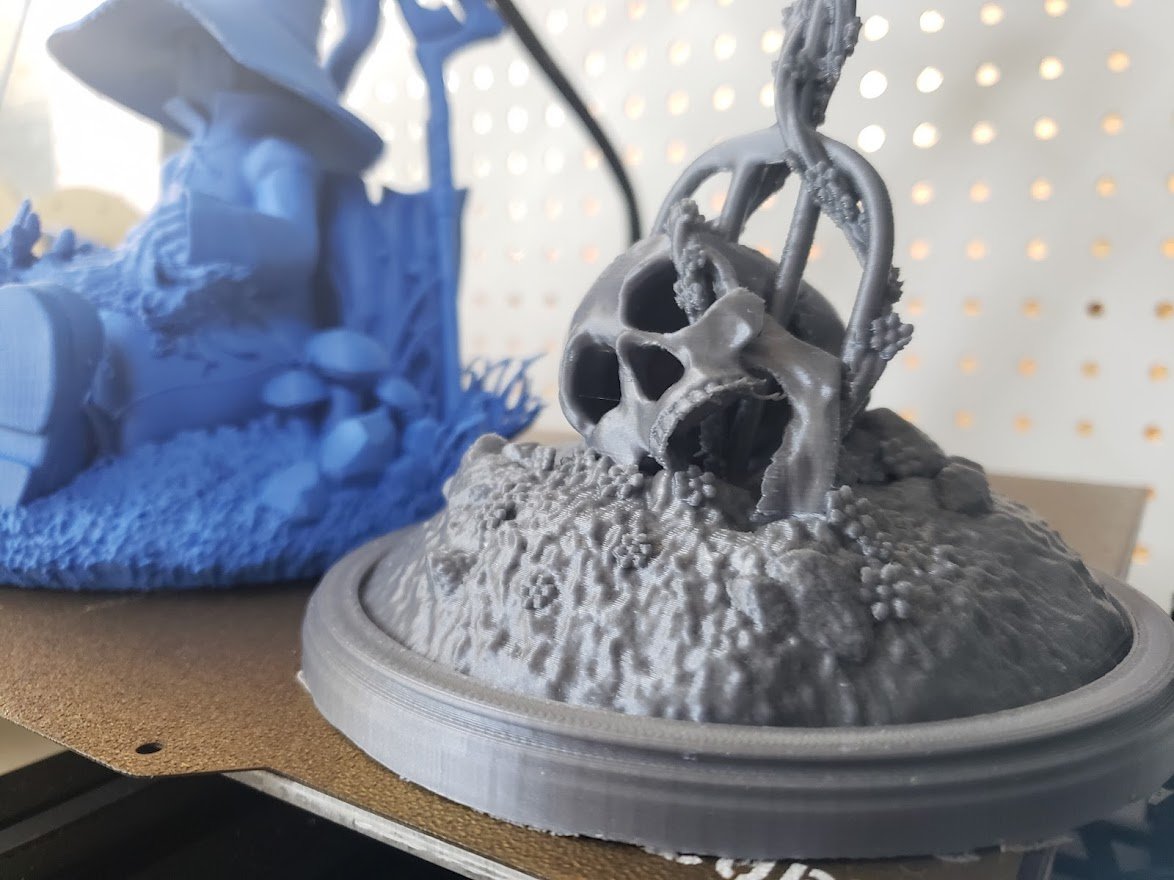
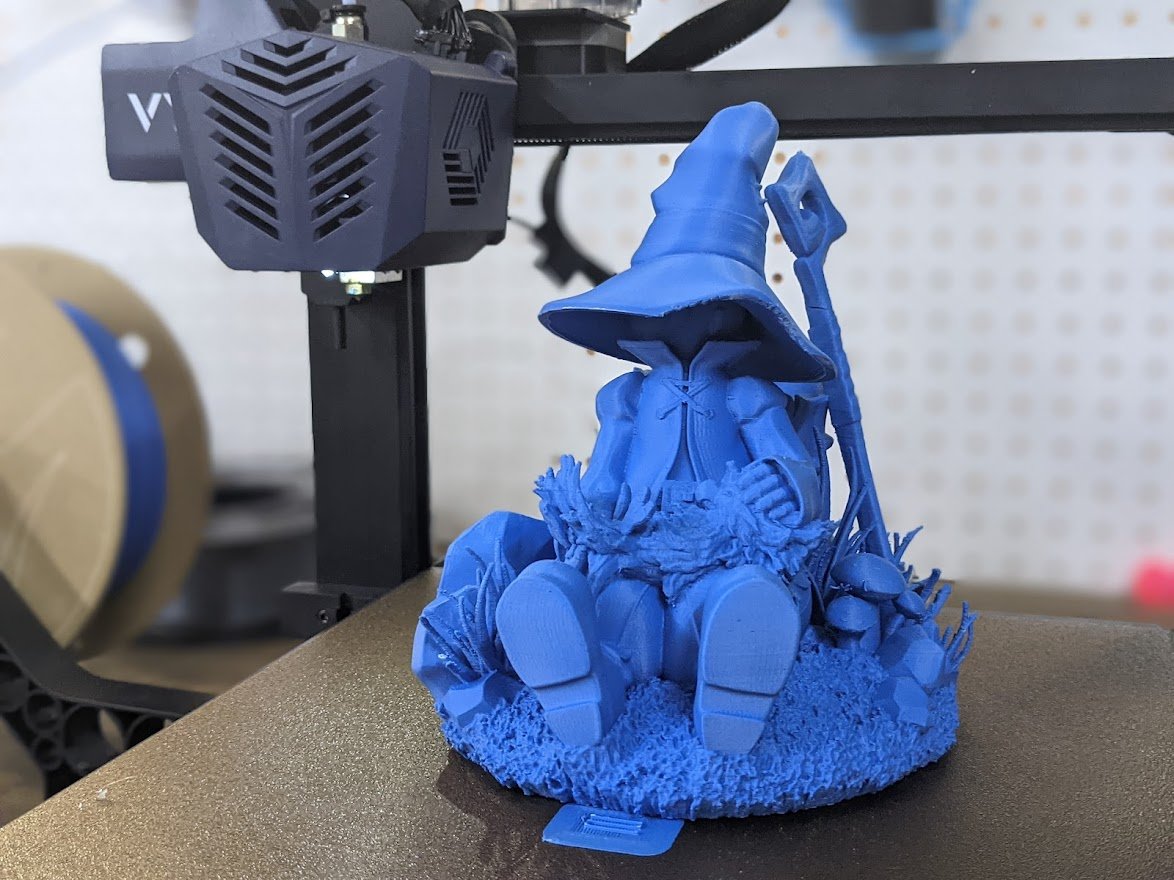
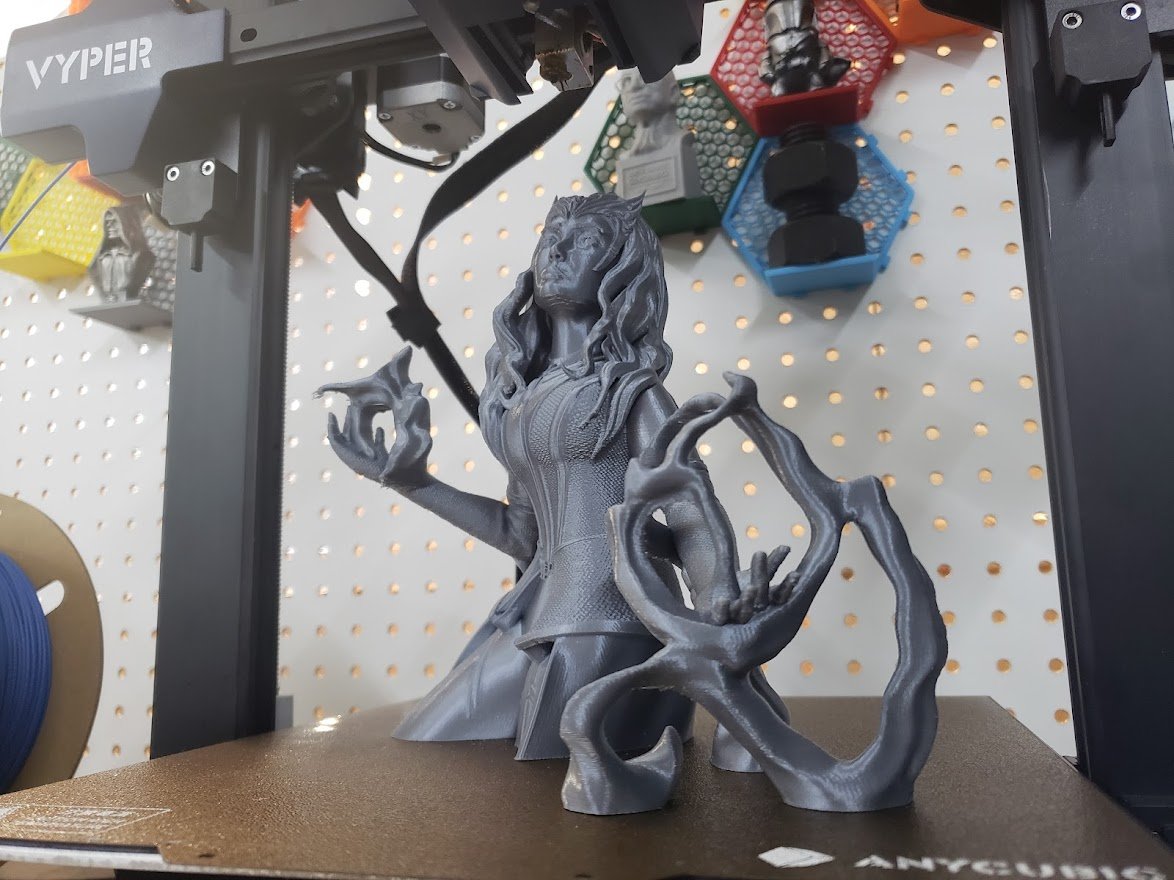
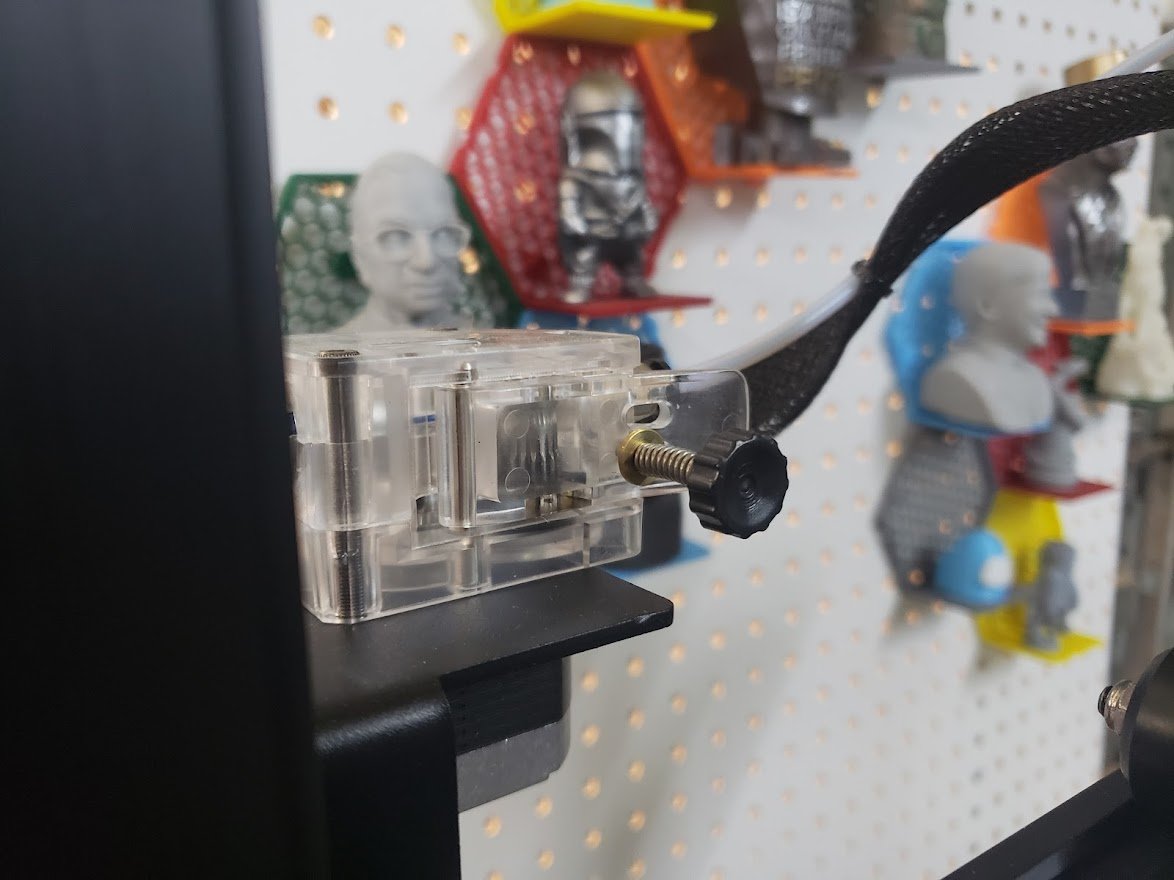
I was happy with the print quality of the Vyper. It is one of the best I've used in this price bracket, and I think it has more to give in this area. The prints out of the box are good, and I think they could be excellent with some fine-tuning. The upgraded extruder seems to have helped a lot more than I thought it would, and even printing at fairly high speeds, the prints were decent. While I did lose some of Scarlet Witch's mystic energy from Kijai Designs model, the printer corrected itself and managed to complete the print while still keeping the model looking good.
Vivi's hat — also by Kijai designs — had a little issue along the rim caused by insufficient cooling, but overall the print looks excellent, as does Mimir from God of War by Fotis Mint. The details on his horns and the runes on his head are very subtle, but the printer managed to capture them all with ease. Overall, I was happy with how everything turned out, but I think Anycubic could have done more to make the models even better out of the box.
Anycubic Vyper: What needs work
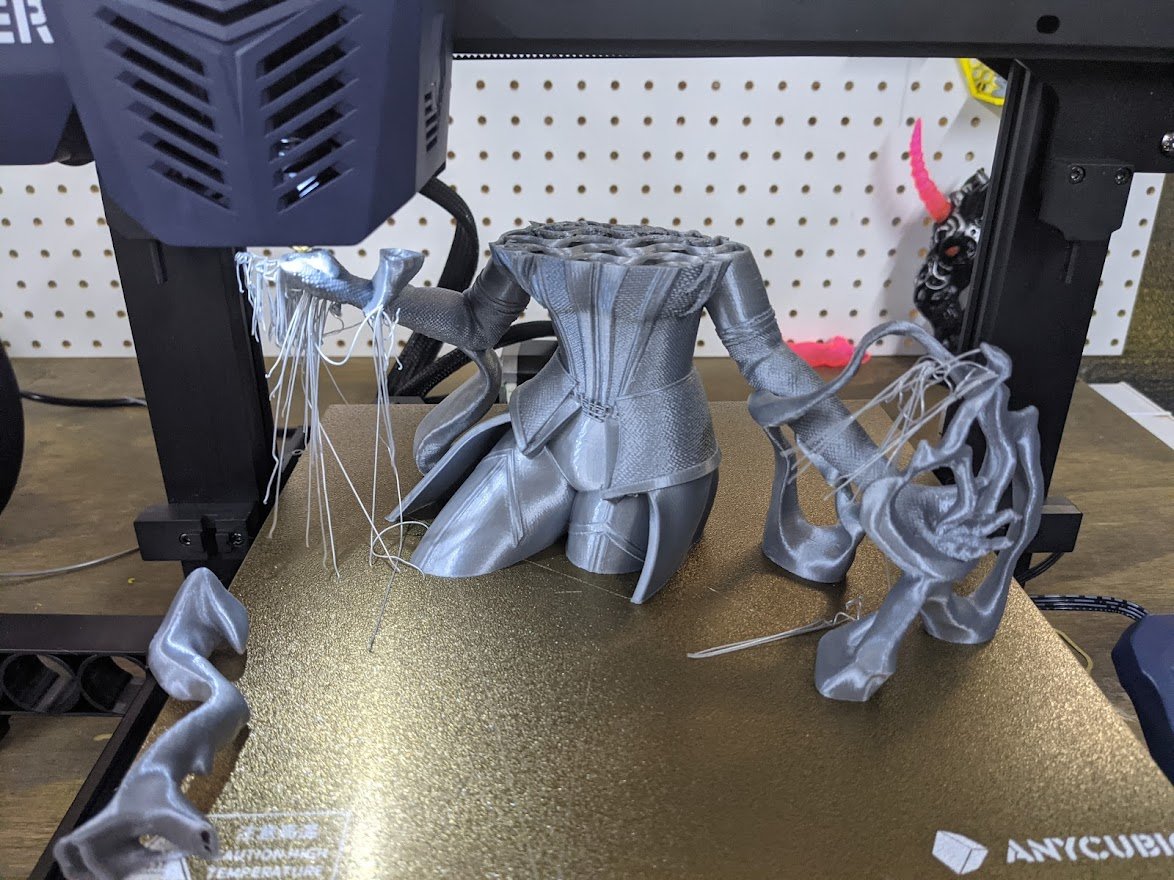
While the Vyper does print with a lot of speed and accuracy, it is let down by the part cooler. When you increase the print speed, you reduce the time each layer has to cool, which can cause the layers to curl over themselves as the next one settles into place. The cooling on the Vyper just doesn't seem to be enough for the speeds it wants to run.
An issue I see more often with budget printers is a lack of good slicer support. Oftentimes, 3D printers will come with their own bespoke slicers — normally based on the open-source software Cura — and while that isn't the most desirable way to do it, it's much better than nothing at all. The Elegoo Neptune 2 comes with one such slicer, and while it is frustrating to have a bunch of slicers on your desktop, it is even worse jury-rigging something to make it work.
A 3D printer that costs nearly $500 should come with a fully-fledged slicer profile at a minimum.
Anycubic's answer to a slicer profile is to use the preloaded profile from one of their previous printers, the Mega X, and just chang the z-height to accommodate the bigger printer. This means that none of the profile information like layer height, printing speeds, and other tweaks is available. You have just had to muddle through as best you can and experiment. Now, eventually, the community will come up with some amazing profiles, and the Vyper will be better than ever, but relying on your customers to make this kind of thing smacks at laziness from a company this big. A 3D printer that costs nearly $500 should come with a fully-fledged slicer profile at a minimum.
Anycubic Vyper: Competition
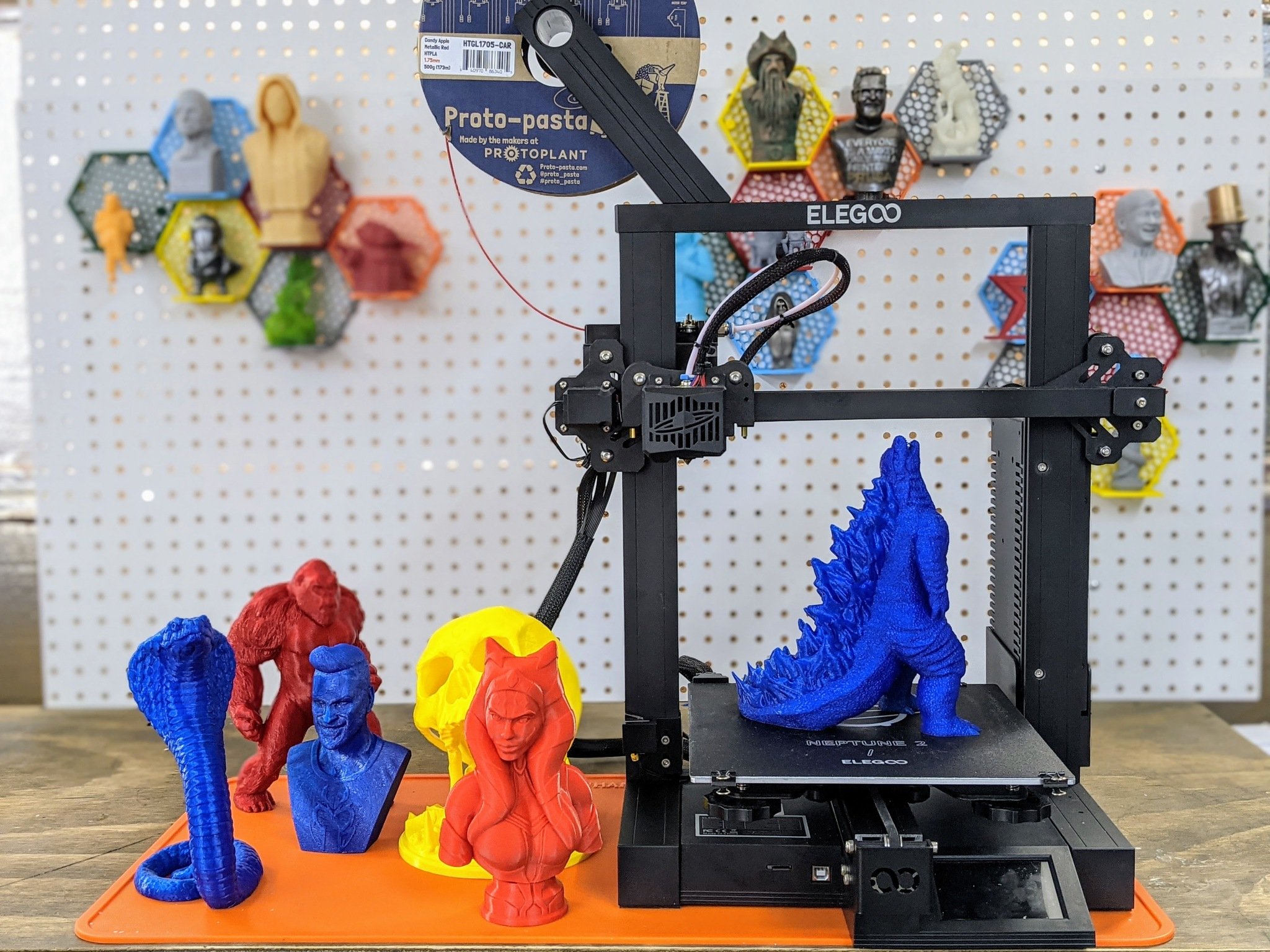
Because the Vyper is a clone of the Ender 3, there is a lot of competition that is almost as good. If you are looking for something cheaper with almost as good quality, then the Elegoo Neptune 2 is an excellent choice. It has a lot of the features of the Vyper, such as a filament runout sensor and power loss protection, but without auto-bed leveling.
If you have a few more hundred dollars and want the best hobbyist machine money can buy, then look no further than the Prusa Mk3. While it is over $250 more than the Vyper, it is one of the best 3D printers under $1,000 you can buy and contains a host of features that give you amazing prints every time.
Anycubic Vyper: Should you buy it?
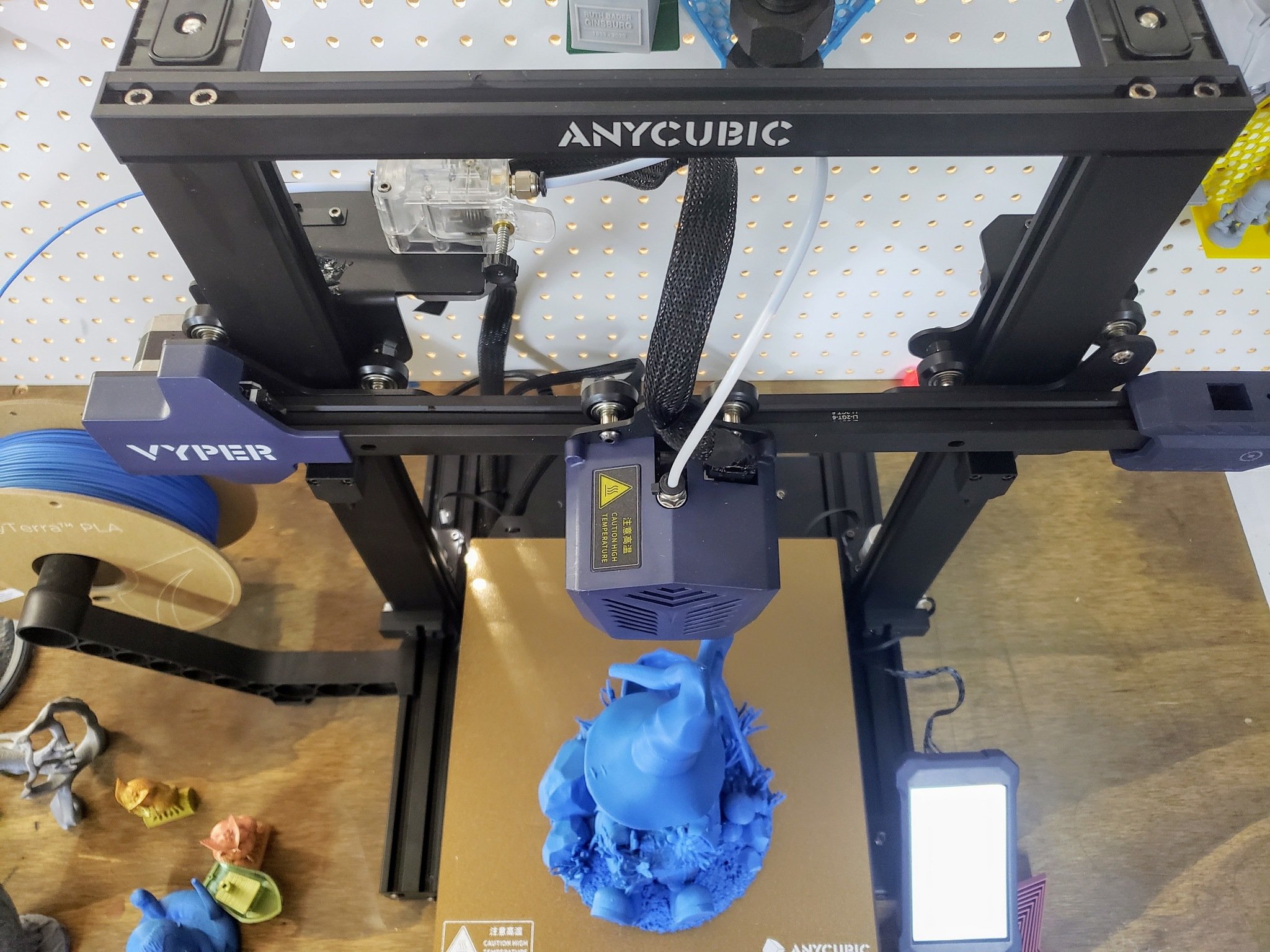
You should buy this if ...
- You want an Ender 3 with high-end upgrades
- You want fast, reliable printing
- You like a punchy name
You shouldn't buy this if...
- You want perfect prints out of the box
The Anycubic Vyper is a good buy, there's no denying it. Sure it is an open-source clone, but that doesn't make it any less accessible or worthwhile. Compared to the Ender 3, the upgrades it has make it a great choice for someone just getting into 3D printing or for a small business to expand its print farm.
You should buy the Vyper if you want a well-constructed, well-equipped 3D printer and don't mind having to tinker with the slicer settings to get it to work properly. If this is your first printer and you are unsure about what settings to change, you will need to reach out to the community, who may help you tweak the profiles.
Anycubic needs to be more diligent about slicer profiles in the future. There are many ways a company can distinguish itself from competitors that don't require hardware upgrades, and software is one of them. If a company can offer a well-tuned machine that prints really well out of the box, it can get a jump on the competition.
Despite all the issues, I still enjoyed my time with the Vyper, and it has earned a spot in my standard rotation alongside the Prusa and Elegoo. I will be using it for a lot of prints for a long time to come.
James built his first PC when he was 13 and has never looked back. He can be found on Windows Central, usually in the corner where all the 3D printers are, or huddled around the Xbox playing the latest games.
